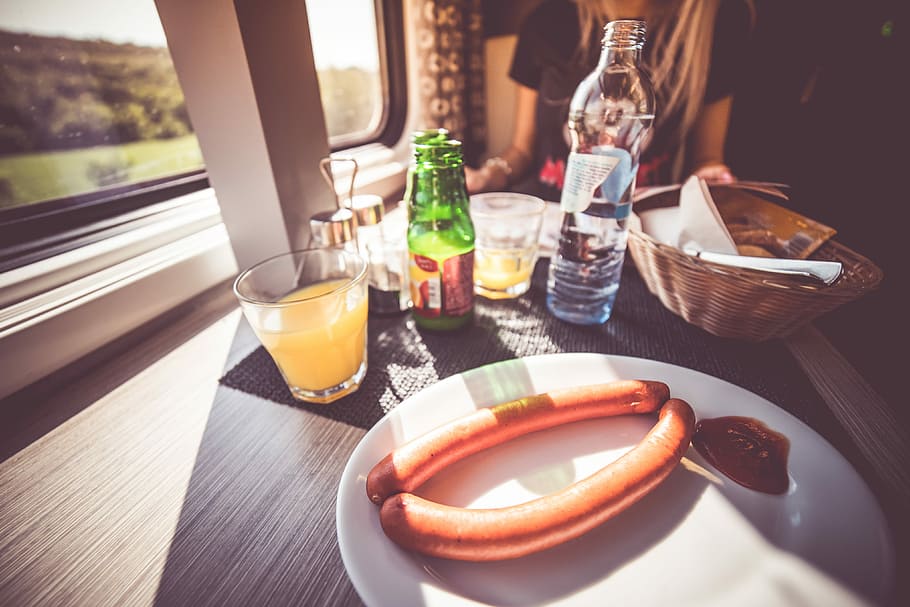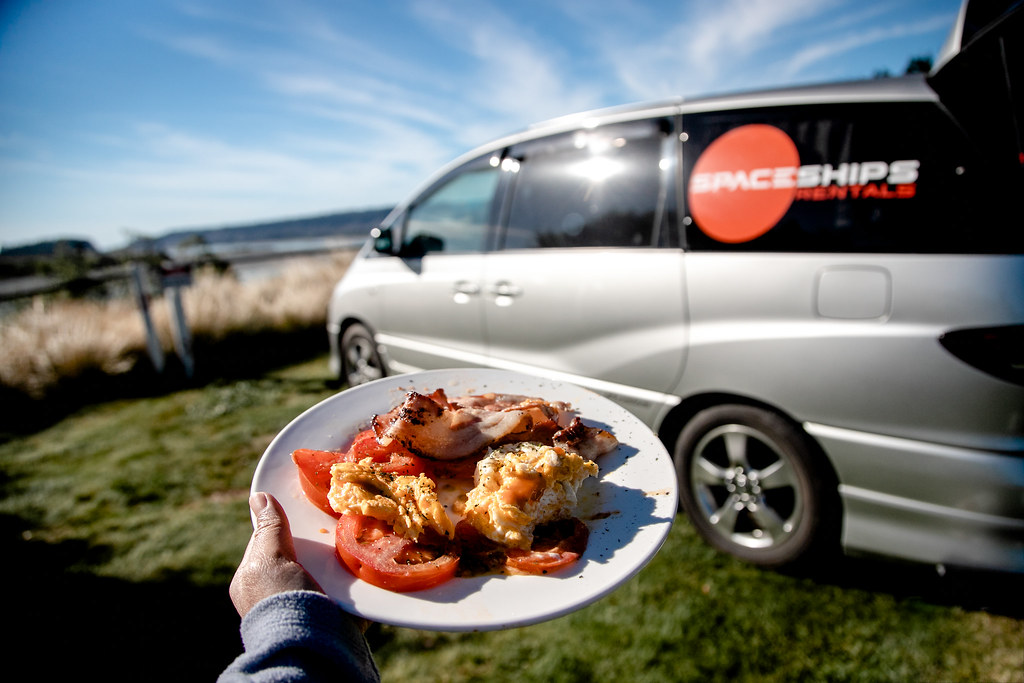For a road trip, budget around $10 to $30 per day for food, depending on where you eat, how many meals you consume, and any dietary restrictions you may have. Eating out at restaurants can be expensive, especially in tourist areas.
However, you can save money by shopping at local grocery stores and cooking meals yourself. Snacks and drinks can also add up, so it’s best to bring your own if possible. Planning ahead and researching food options can also help you stay on budget while enjoying delicious meals on the go.
With a bit of careful planning and smart decision-making, you can keep your food expenses reasonable during your road trip.

Why Budgeting For Food Is Crucial
Budgeting for food is a crucial aspect of planning a road trip. Overspending on food can have a significant impact on your overall trip budget. By setting a food budget, you can avoid the stress of unexpected expenses. It is important to consider factors such as the length of your trip, the number of people traveling, and the type of meals you plan to have.
Planning ahead and considering meal options can also help you save money. Whether you plan to bring non-perishable snacks or cook meals on the road, a little preparation can go a long way. By sticking to a food budget and making wise meal choices, you can confidently enjoy your road trip without worrying about blowing your budget on food.
Factors To Consider When Budgeting For Food On A Road Trip
When budgeting for food on a road trip, several factors come into play. Firstly, the length of the trip and the number of travelers will affect the amount allocated to food. Additionally, desired food quality and dining experience matter. Also, consider dietary restrictions and food preferences to avoid unnecessary expenses.
Finally, the destination and availability of affordable food options should be taken into account to make the most of your budget. By carefully considering these factors, you can budget wisely and make your road trip a fun and memorable experience without breaking the bank.
So plan ahead, pack some snacks, and remember to enjoy the journey!
Step 1: Determine The Daily Food Allowance
To budget for food on a road trip, the first step is determining the daily food allowance. The average cost of meals per day per person varies, but a rough estimate is around $30-50. Adjustments to the daily food allowance may need to be made based on factors such as the duration of the trip and individual food preferences.
For example, a longer trip may require a smaller daily allowance to avoid overspending. People with dietary restrictions may also want to budget more for meals or choose to bring their own food. With careful planning and consideration, budgeting for food on a road trip can be a manageable and enjoyable experience.
Step 2: Include Snacks And Beverages In The Budget
Estimating the cost of snacks and beverages is essential when budgeting for a road trip. Buying in bulk and packing your own snacks and drinks can significantly reduce expenses. Check for discounts and coupons on online stores and local supermarkets before hitting the road.
Consider carrying reusable water bottles and filling them up instead of relying on store-bought drinks. Remember that some states have higher taxes on food and beverages, impacting the budget. Keep track of your expenses and adjust your budget accordingly. Planning ahead and making smart choices can save you a significant amount of money on your next road trip.
Step 3: Account For Unexpected Expenses
Accounting for unplanned dining expenses is an essential part of your road trip budget. One way to prepare for unexpected dining costs is by setting aside a contingency fund for emergency situations. This way, you won’t find yourself stranded without money to eat while on the road.
You can also plan ahead by packing snacks, like granola bars, fruits, and trail mix, to curb hunger pangs between meals. If you’re traveling with a group, consider splitting meals to reduce individual expenses. However, bear in mind that splitting bills can sometimes lead to confusion or disagreements.
Therefore, it’s essential to discuss this beforehand and come to an agreement. By planning for the unexpected, you can enjoy your road trip with a peace of mind and avoid any unnecessary financial stress.
Plan Ahead For Meals And Snacks
Planning meals and snacks before embarking on a road trip can be cost-effective and healthy. It’s important to shop for groceries before the trip and pack non-perishable items for the car. Bringing a cooler and ice packs can also allow for perishables to be brought along.
Packing snacks such as fruit, nuts, and granola bars can prevent unnecessary stops at convenience stores and fast-food restaurants. By preparing ahead of time, travelers can avoid overspending on food and keep their bodies fueled for the duration of the trip.
Take Advantage Of Travel Rewards Programs
As you plan your next road trip, one of the major expenses to consider is food. However, using a travel rewards program can help you save on food expenses. Here are a few tips for leveraging travel rewards points: 1. Sign up for travel rewards credit cards that offer bonus points for dining.
2. Look for restaurants that participate in the rewards program and earn extra points. 3. Redeem rewards points for meals and groceries at participating stores. By taking advantage of travel rewards programs, you can easily earn points while dining on the road and use them to reduce your food expenses.
Don’t forget to sign up for programs before your trip and research participating restaurants to make the most of your rewards.
Explore Affordable Dining Options
Eating on the road can be costly, but there are always ways to find affordable dining options. One strategy is to cook and eat meals in the car or at campsites, which not only saves money but also allows for a unique and fun experience.
Another option is to research local restaurants and food trucks ahead of time, as well as checking for deals or using coupons. Don’t forget to pack snacks and drinks to avoid impulse purchases. Exploring local grocery stores and farmers’ markets can also provide affordable and fresh meal options.
With a little planning and creativity, budget-friendly dining options can be found on any road trip.
Conclusion
Planning a road trip is an adventure in its self and food is a significant expense that should be taken into account. It is essential to carefully budget and plan for food expenses for a comfortable and enjoyable road trip.
The total budget for food depends on various factors, including the number of people, duration of the trip, dietary needs, and the distance to be covered. By researching the locations along the route, creating a meal plan and bringing snacks, you can keep your food budget under control.
Remember to stay flexible with your budget and try to save money by cooking your meals or eating at affordable local restaurants. With proper planning, budgeting, and some creativity, you can significantly cut down your road trip food expenses and save some money.
So, pack your bags and get ready for an adventure on the road while staying within your food budget!

